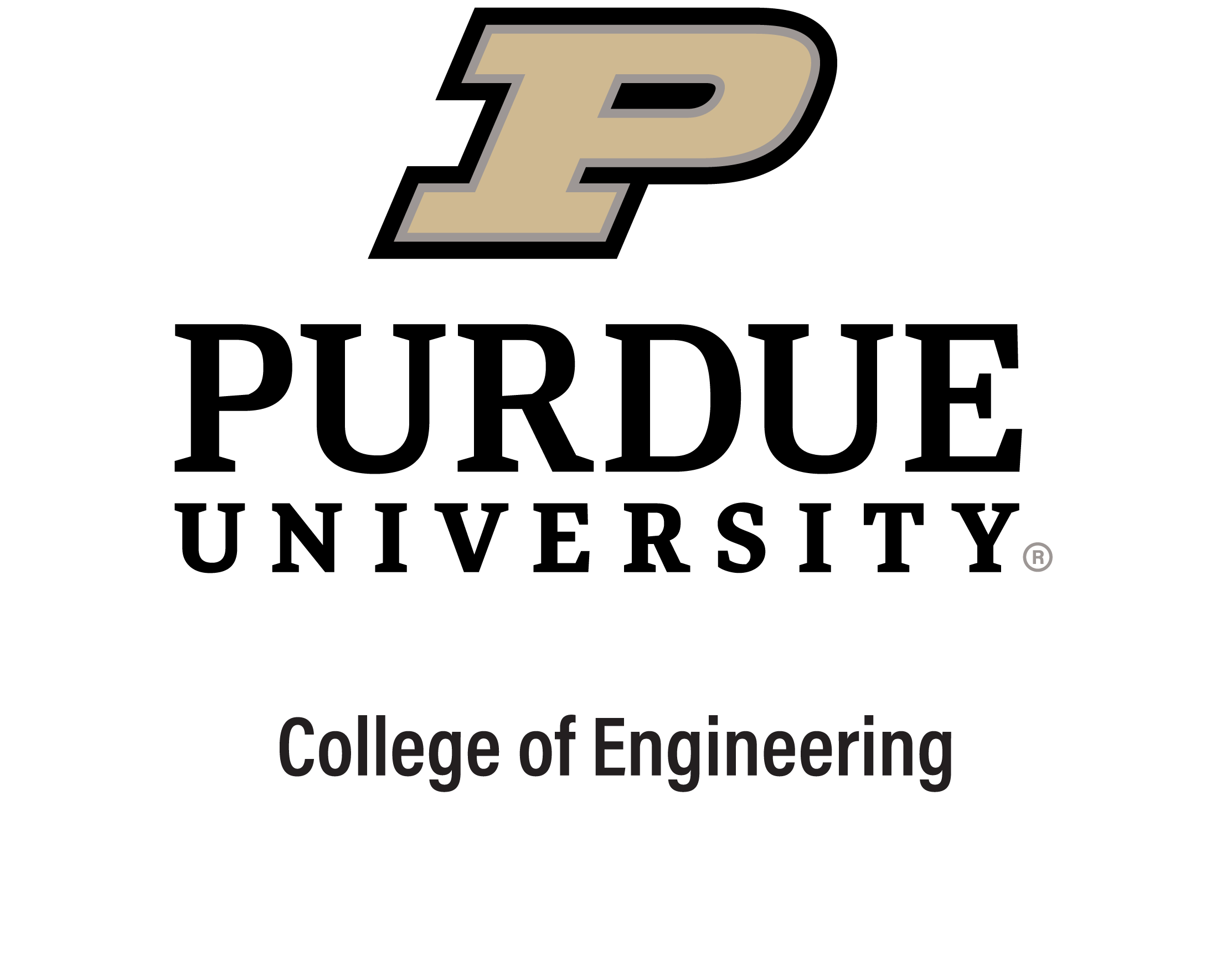
Yuehwin Yih, Associate Director of Regenstrief Center for Healthcare Engineering and Professor of Industrial Engineering
Photo provided
COVID-19 has spotlighted the importance of supply chain — especially accentuating the need for more resilience in the chain. You’d be hard-pressed to hear many people in the general population talking about supply chain until these past few months.
But according to Yuehwin Yih, associate director of Regenstrief Center for Healthcare Engineering and a professor of industrial engineering, everything we use daily has a supply chain, though we often are not aware of it until it’s interrupted. The viral pandemic has brought that home, loud and clear, she says.
Yih, who is also academic director of LASER (Long-term Assistance and Services for Research) PULSE (Partners for University-Led Solutions Engine), says that typically, supply chain is considered a network of entities that provide a product or service to a consumer. In today’s global economy, supply chains rely on partners around the world to supply materials, components, products, human resources, technology, or services to satisfy customer demand. All the activities in the supply chain create jobs and drive the economy.
The healthcare system itself is a complex supply chain. For example, every day, hospitals monitor new COVID-19 cases and project when demand for their ICUs may exceed capacity. In addition to providing needed medical supplies and equipment, managing patient flow, ICU bed capacity and proper staffing becomes challenging if the number of patients grows exponentially as the virus spreads.
The healthcare supply chain can become overloaded with patients, and potentially collapse in two ways. “One way is if there are too many patients in a short period, such that there are not enough supplies and capacities (space, providers, etc.) to care for people on time,” Yih says. “Secondly, the exhaustion or illness of doctors and nurses due to their long hours of service and lack of protective gear can further reduce the supply side of the health system. Without properly managing the demand side — patients — the healthcare system eventually will fail.”
That’s where resilience comes in. Resilience is the ability to recover from shocks, such as natural disasters, conflicts, pandemics and cyberattacks.
To make a supply chain more resilient, Yih says, “we need redundancy and flexibility in the supply chain design. One approach is to diversify sourcing, so the materials or services are not limited to one provider or providers from a single geographic region; another option is to have alternative materials/services that satisfy the same needs. Flexibility is the ability to rapidly modify the service and products to fill gaps in the supply chain.”
For example, to respond to COVID-19, brewing companies shifted their production lines from spirits to hand sanitizers, and automakers like Tesla, GM and Ford adapted auto parts to make ventilators and mask supplies.
Her research uses system modeling and decision-making tools for complex system operation design, monitoring, evaluation, and risk mitigation. She is particularly interested in understanding how a system can adapt at the operational level or in its design to respond to unexpected events.
“The methods we use include simulation, statistical analysis, machine learning, and optimization,” Yih says. “We study different scenarios to understand how systems respond to uncertainties and disruptions and to develop alternate operational and design strategies.
“For example, we are working with a hospital to predict what resources a patient will require upon entering the hospital based on the patient’s medical records; this will help locate patients with similar needs in close proximity as a cluster to optimize care delivery. The ability to create those clusters dynamically will help the hospital reallocate resources and reconfigure space to handle an influx of patients for seasonal flu or for more extreme situations like COVID-19.”
Future supply chains need redundancy and flexibility at all levels to minimize vulnerable points, Yih says. “We should also consider having a workforce that is cross-trained, so businesses can respond more resiliently to shocks to minimize economic impacts. Consumers are part of the supply chain; healthy supply chains need resilience from both the demand and supply sides. As COVID-19 has shown us, how to manage demands is as important as how to manage supplies.”


